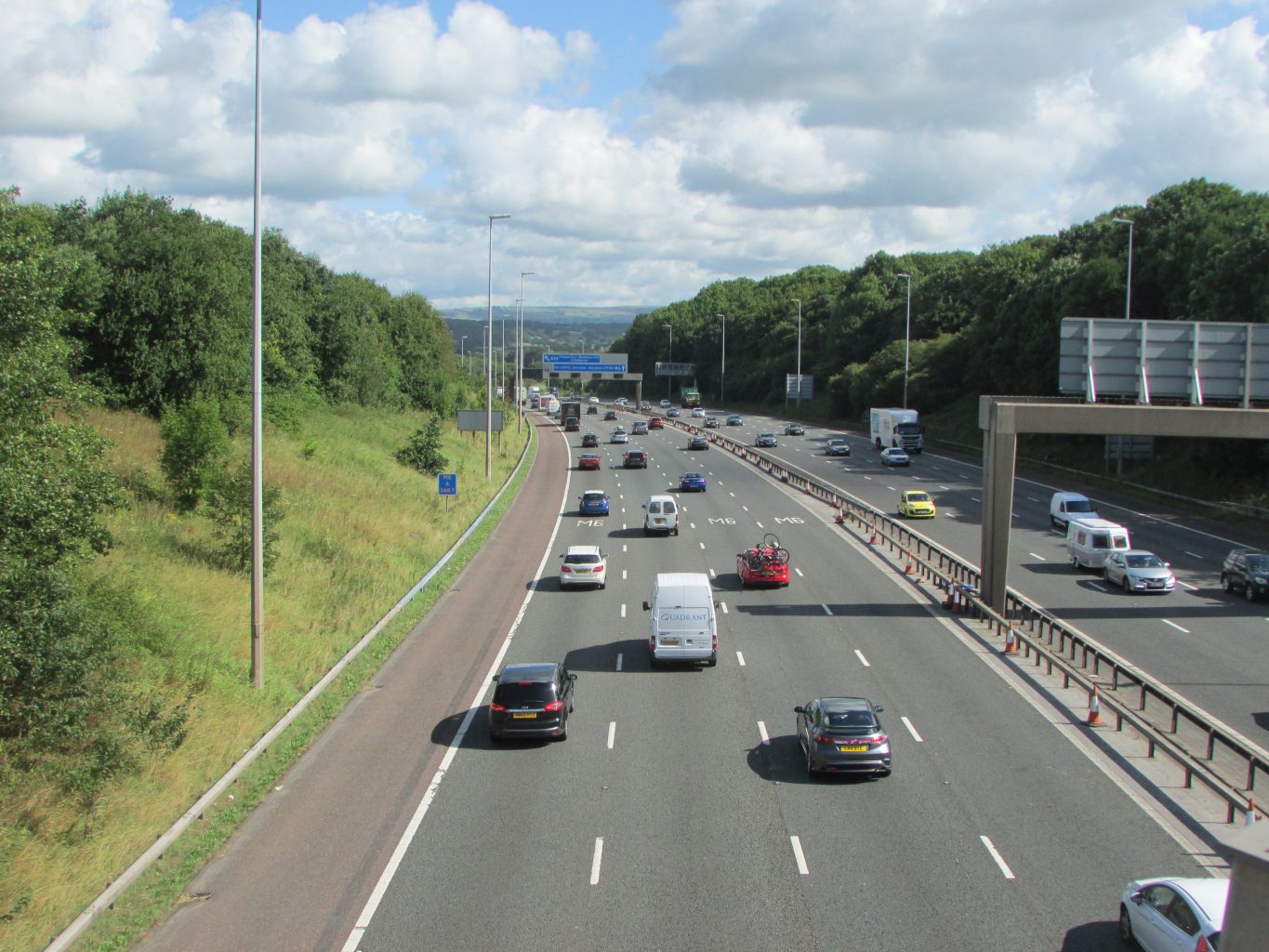
Our work for other Public Services
Planning the locations and capacities of facilities can improve provision of services to the public. In addition to our work for the emergency services, we use our technical and consultancy skills to support a wide variety of public sector organisations with their future plans.
Sports facility planning
We help planners at national governing bodies make difficult decisions about facility investment priorities based on public access and participation. Usually, they know what is required but are frustrated that they are not able to:
- Identify where their target demographics live, how frequently they want to use those facilities and how they travel to them
- Demonstrate the locational advantages of one site over another
- Justify and evidence their investment decisions
To develop plans for the number, type and size of sports facilities, planners must understand the current demand, future trends and existing capacity. We have a tried and tested method that draws on numerous data sources to deliver clear and quantified outcomes. With an improved understanding of future demand and provision, organisations can make informed decisions on facilities to improve access and meet strategic objectives.


Facilities Planning Model
ORH operates and develops the Facilities Planning Model (FPM) on behalf of sportscotland and Sport England. We also support the delivery of Sport England strategic modelling services by providing an analysis and reporting service of the FPM outputs with David Payne and Nick Lockwood.
David is a qualified planner and has over 30 years’ experience in undertaking needs assessments and applying his knowledge to sports-specific facility strategies, project feasibility studies and planning policy. Nick has a wealth of strategic facility planning expertise gained from 35 years’ experience in the leisure industry, including 20 years working for Sport England.
The FPM enables local authorities to establish an evidence base of facility requirements which will:
- Enable decisions on where facilities should be located and whether it would be better to provide new facilities or modernise existing ones.
- Integrate into their Local Plan, leisure policy and master planning for new developments.
- Help secure developer contributions for the demand created by new housing provision.
Central Bedfordshire Council used the FPM to help develop an evidence base to underpin its Leisure Facilities Strategy. The development of this strategy led Sport England, through its Strategic Facilities Fund, to contribute £2m towards the construction of the new Flitwick Leisure Centre and a further £1m to the redevelopment of Dunstable Leisure Centre. For more details see Sport England’s case study.
For further information about the FPM and its uses for your sport or local authority area, Scottish councils and trusts should contact the sportscotland planning team and view their helpful FPM datasheet. English local authorities can access Sport England’s Frequently Asked Questions about the FPM and discuss any requirements with their local Sport England Facilities and Planning Team. Alternatively, David and Nick have over 10 years’ experience each in delivering the FPM and would be happy to assist with any enquiries.
Health service provision
Across the health sector, access to facilities is important for staff, patients and visitors alike. ORH works with various organisations to assess the ability of different groups of people to travel to and from these facilities. We build travel time models to understand the potential impacts of facility relocations or changes to the demand for service.
Our work is typically used to inform future estate strategy and ensure adequate service provision. Some of the areas in which we have provided support include:
- What are the impacts of changes in the mode of travel (car, public transport, walking) on hospital access?
- How does access to facilities vary by the level of deprivation and other demographic factors?
- Where would patients be redirected as a result of proposed hospital reconfigurations?
For emergency medical services, changes to health facility types and capacities can have a substantial effect on operations, so we model both systems in tandem when required.


Other areas of work
For any public facing facility, the ability to access specific locations plays an important role in determining the number and size of locations required. In many cases, this needs an understanding of the population profile, how people currently access these facilities, and how this might change in the future. ORH works with clients across the public sector to answer complex planning queries about a wide range of facilities.
Our work typically combines travel time modelling, location optimisation and population catchment analysis to match the supply of facilities to geographical demand for services. We have used this approach to answer questions such as:
- Where should tribunal offices be located to offer optimum access to both staff and the general public?
- How many maintenance depots are required to serve the local authority area most efficiently?
- Can the routing of refuse collection lorries be improved to offer a more cost-effective service?



